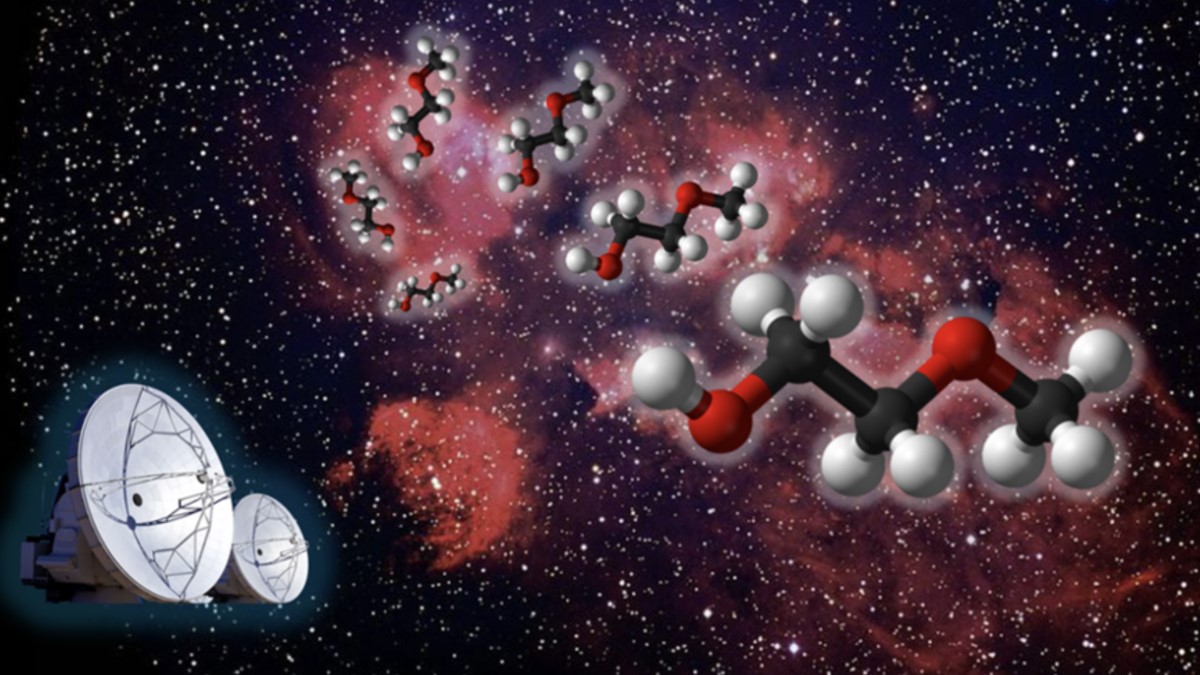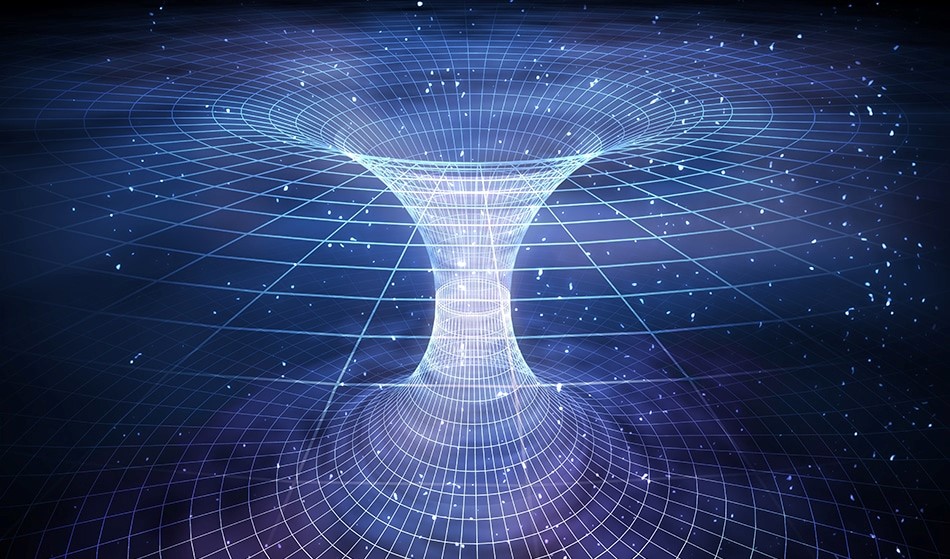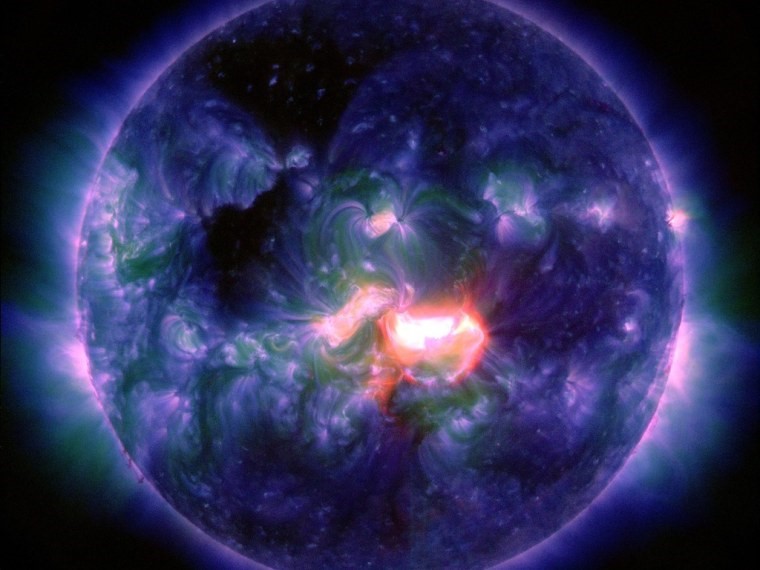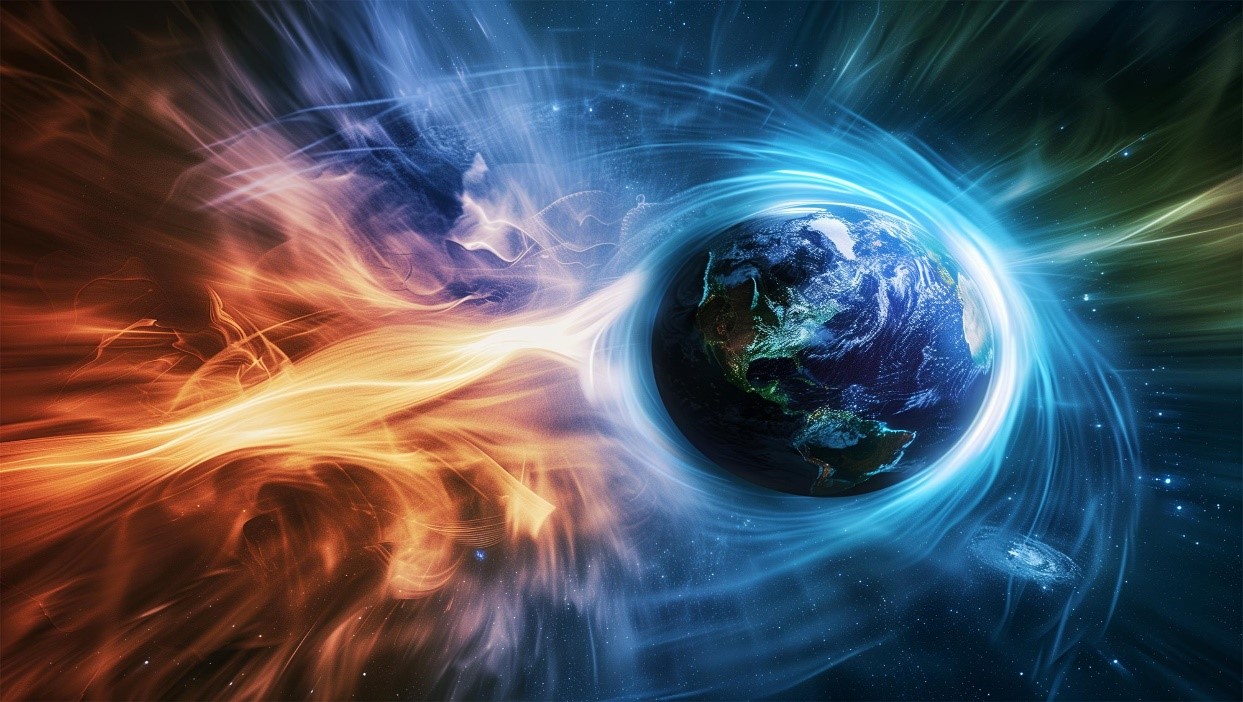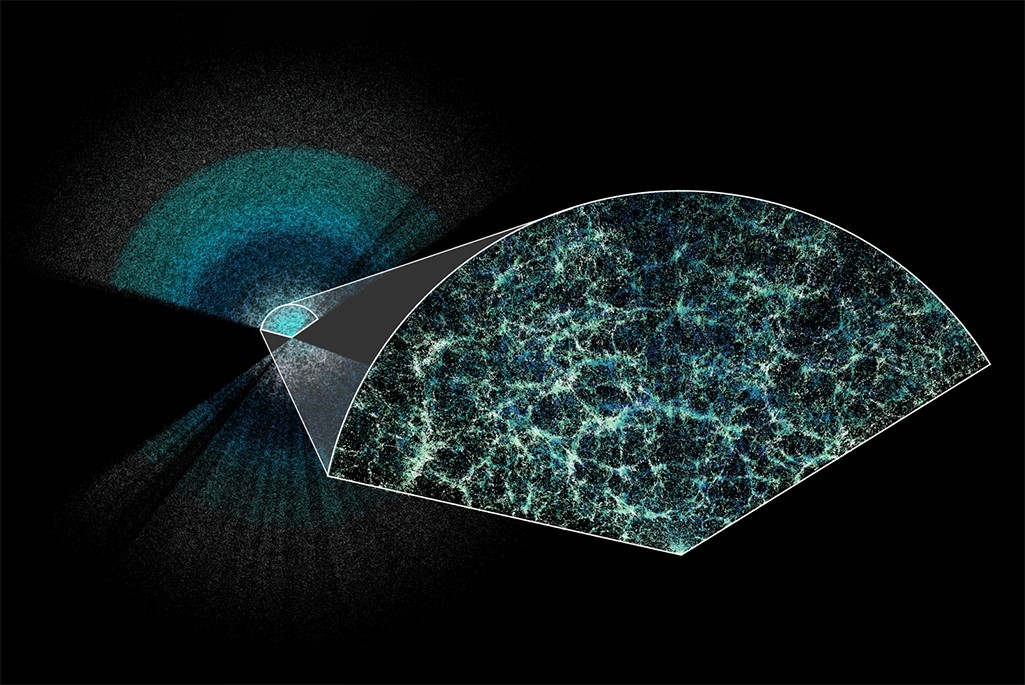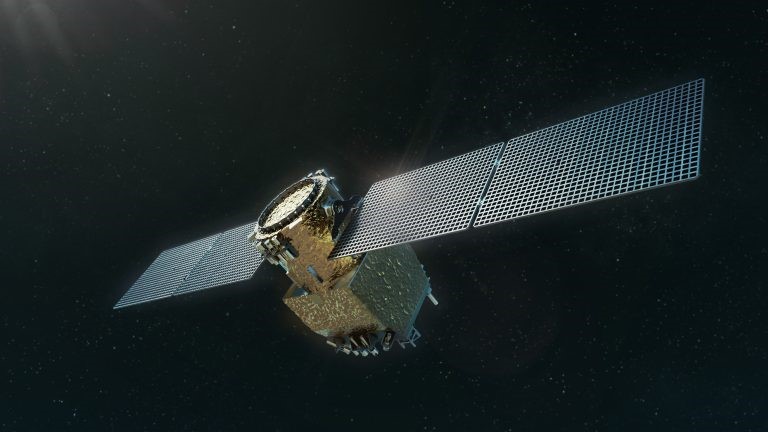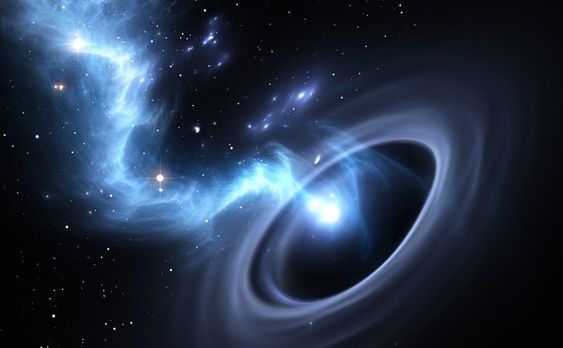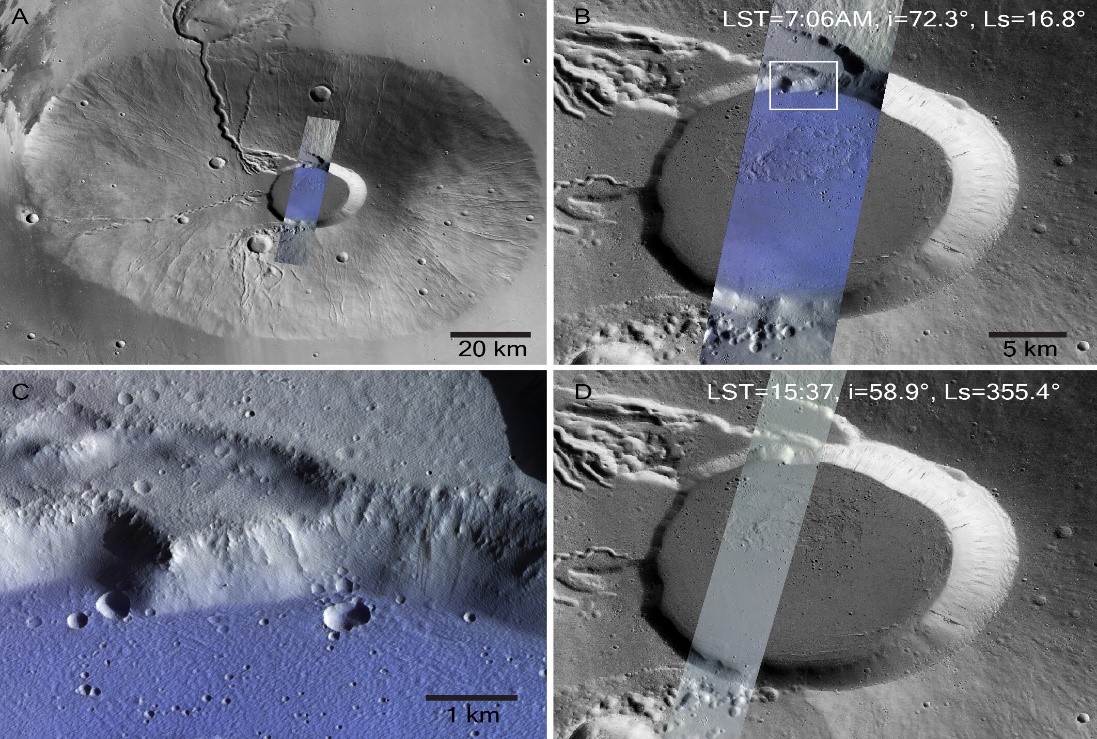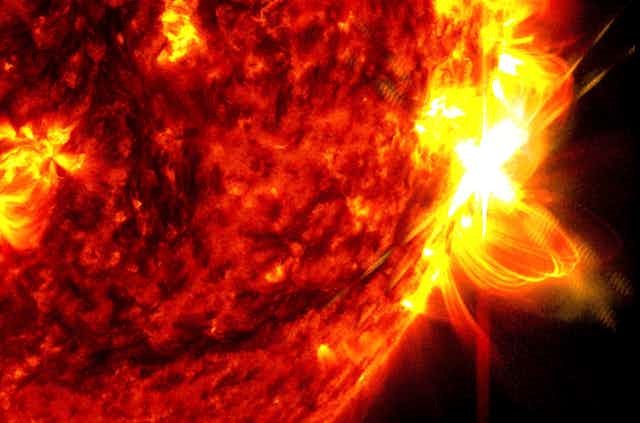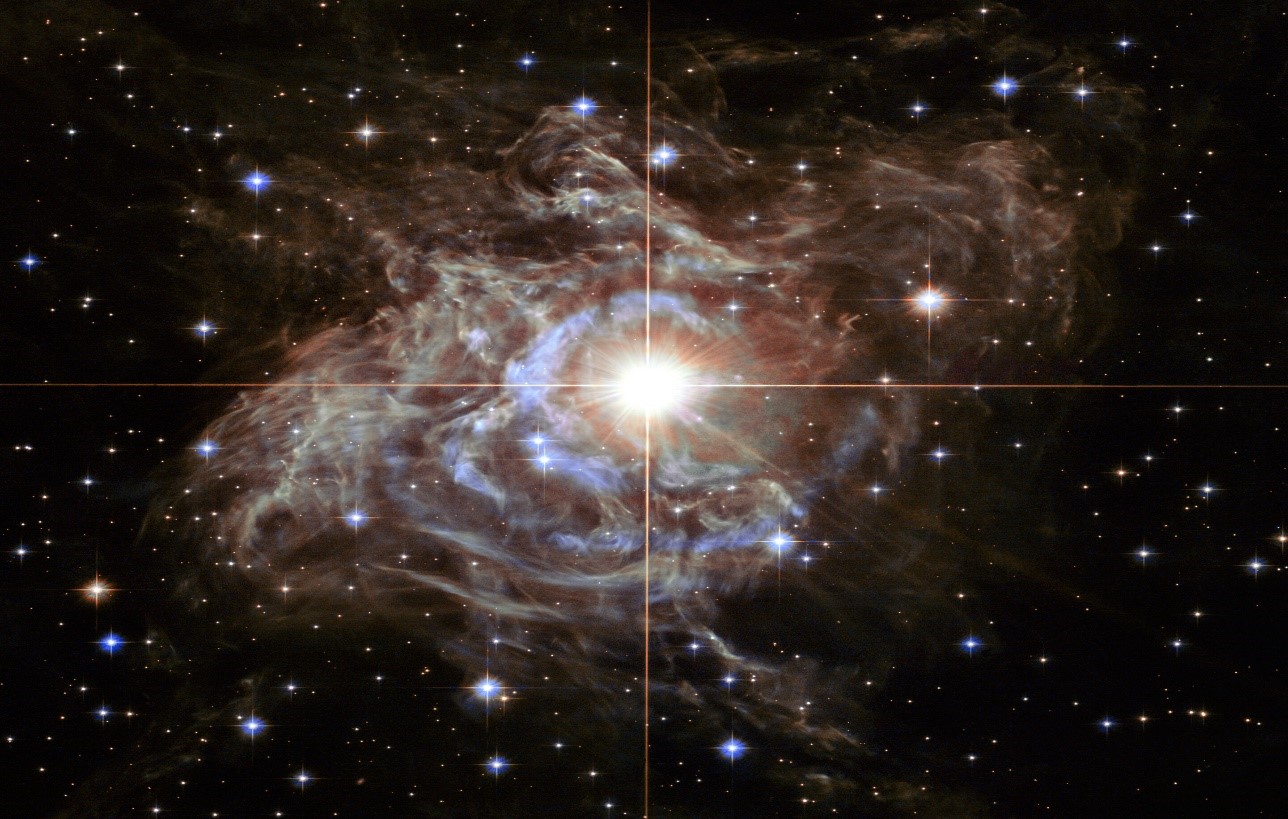Integral Space Telescope Observes Large Nuclear Explosions Powering Jets from Neutron Stars
ESA's Integral gamma-ray space telescope has been instrumental in observing jets of matter being ejected into space at one-third the speed of light. These jets originated from massive explosions on the surface of a neutron star, releasing both material and energy. This groundbreaking observation marks a "perfect experiment" for investigating astrophysical jets of various types.
Exploring jets emitted by various astronomical objects poses significant challenges due to their distance and the difficulty in discerning features within them. Consequently, tracing the movement of matter along their lengths to comprehend the mechanisms behind jet launch and acceleration proves exceptionally challenging. Nevertheless, an international team of astronomers, including Thomas Russell from the National Institute for Astrophysics (INAF) in Palermo, Italy, recognized the potential for a new avenue of investigation involving certain types of neutron stars.
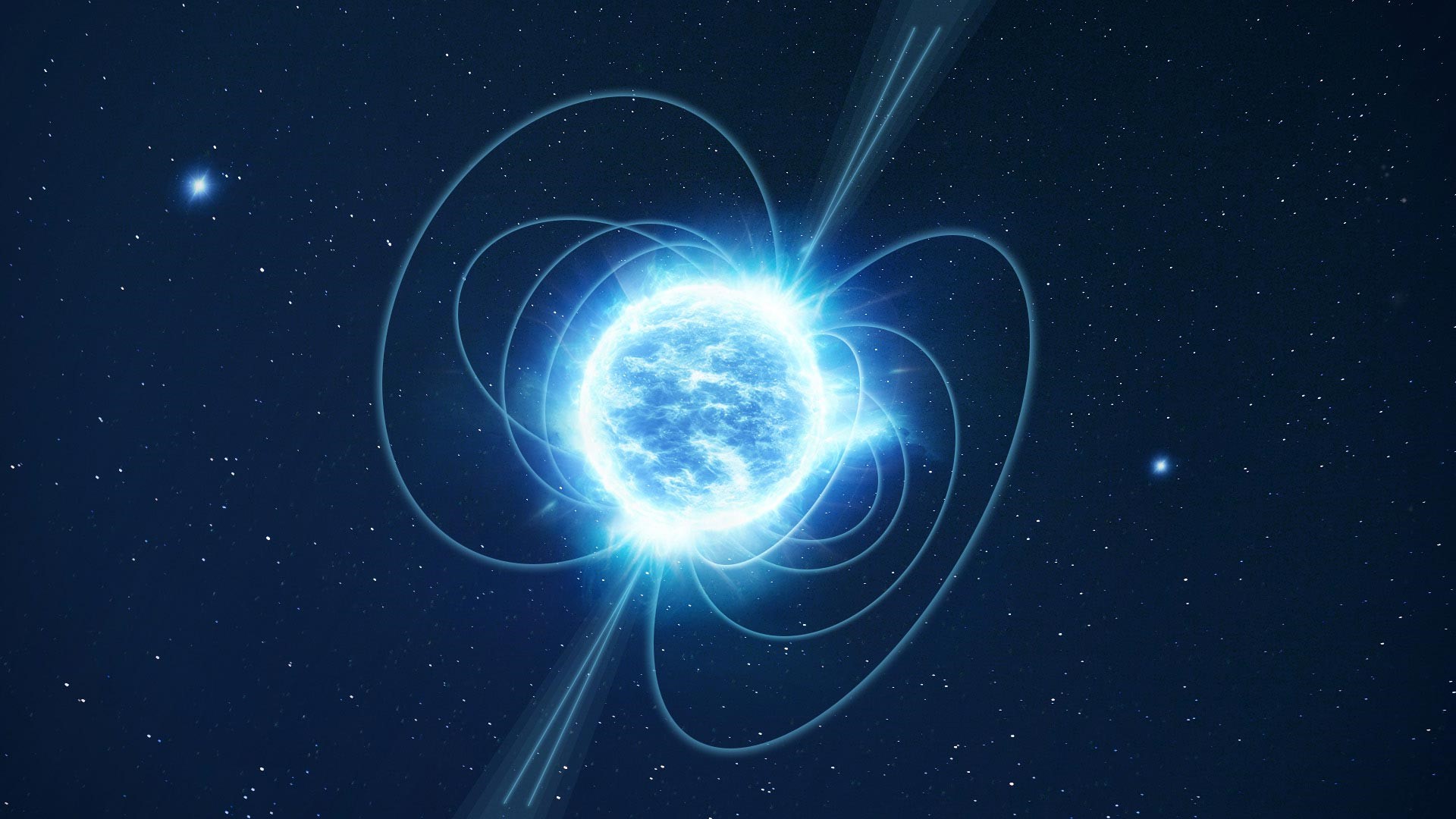
Figure 1. Detection of Massive Nuclear Explosions Propelling Jets from Neutron Stars by Integral Space Telescope
Figure 1 Shows Detection of Massive Nuclear Explosions Propelling Jets from Neutron Stars by Integral Space Telescope. Neutron stars, highly dense remnants of dead stars, exhibit intense gravitational fields that can draw matter from their companion stars when in orbit together. A portion of this accreted matter is subsequently expelled as jets racing along the neutron star's rotational axis, while the remainder spirals downward onto the neutron star. On the neutron star's surface, the accumulating material forms a layer. As more material accumulates, the gravitational force compresses it until a rapid nuclear explosion occurs, triggering a cataclysmic event referred to as a type-I X-ray burst.
The team hypothesized that the abrupt release of matter and energy from the neutron star's surface would impact the jet, allowing them to observe and measure this disturbance as it spread outward. If successful, this approach would offer a potent new means of investigating these tumultuous and energetic phenomena. Currently, approximately 125 neutron stars are known to exhibit this behaviour. "This essentially provides us with an ideal experiment," remarks Thomas. "We have a brief, fleeting burst of additional material propelled into the jet, which we can monitor as it travels down the jet to determine its velocity."
In pursuit
This measurement is crucial because, upon studying a sufficient number of accreting neutron stars, the speed of the jet can unveil the dominant launching mechanism, indicating whether the jet is powered by magnetic fields rooted in the accreting material or within the star itself. The team pinpointed two neutron stars, namely 4U 1728-34 and 4U 1636-536, exhibiting X-ray bursting behavior. However, only 4U 1728-34 possessed adequate brightness at radio wavelengths to conduct the experiment with the required precision at the time.
Yet, a practical challenge arose. While the explosions were detectable in X-rays, the jet emitted only radio waves. Thus, the team needed to synchronize radio telescope observations on Earth with those of the Integral satellite, which has X-ray capabilities. However, predicting the exact timing of these explosions proved impossible. "These bursts occur every couple of hours, but their exact timing is unpredictable. Therefore, telescopes must continuously observe the system over extended periods, hoping to capture a few bursts," explains team member Jakob van den Eijnden from the University of Warwick, UK.
The radio observations spanned three days using CSIRO’s Australia Telescope Compact Array (ATCA), accumulating approximately 30 hours of observing time between April 3 and April 5, 2021. Integral conducted observations from space, serving as the sole high-energy mission capable of maintaining such prolonged surveillance. Its extensive, elongated orbit enabled prolonged observation periods of celestial objects. By the conclusion of the observations, Integral had detected 14 X-ray bursts from 4U 1728-34, with 10 occurring during the ATCA's visibility window.
However, a significant revelation emerged. "Based on our previous X-ray data, we anticipated that the explosion would disrupt the location where the jet was being launched. To our surprise, we observed the opposite: a substantial input into the jet rather than disruption," notes team member Nathalie Degenaar from the University of Amsterdam, the Netherlands. Evidently, the jet mechanism exhibited greater resilience than initially assumed. By tracking the additional material injected into the jet at radio wavelengths, the team calculated its launch velocity to be an astounding 35-40% of the speed of light. "Never before have we had the opportunity to anticipate and directly witness the channeling and acceleration of gas into a jet," remarks team member Erik Kuulkers, ESA project scientist.
A Novel Approach to Investigating Jets
Having demonstrated the feasibility of this approach, astronomers will now be able to study numerous X-ray bursting neutron stars using this technique. This advancement will aid in comprehending and correlating the initiation of jets with specific attributes of neutron stars, such as their rotational velocity and the quantity of gas accreting onto their surfaces. Addressing these inquiries is pivotal for researchers investigating such phenomena, as they hold implications beyond neutron stars, given that jets are generated by various astronomical entities.
From nascent stars to supermassive black holes residing at the cores of galaxies, jets can arise from cataclysmic occurrences like supernova explosions and gamma-ray bursts. [1] They play pivotal roles across the cosmos, from transporting exotic elements produced in cosmic detonations into interstellar space to heating surrounding gas clouds, influencing the formation of new stars. Given that all astrophysical jets are believed to originate through similar mechanisms, namely the interaction of matter with magnetic fields in rotating celestial bodies, the newfound insights will have broad applicability across diverse studies of the universe. "This discovery unveils an entirely new perspective on understanding the mechanisms powering astrophysical jets, not only in neutron stars but also in other jet-producing celestial bodies," remarks Erik.
Source: SciTechDaily
Cite this article:
Janani R (2024), Integral Space Telescope Observes Large Nuclear Explosions Powering Jets from Neutron Stars, AnaTechMaz, pp.20


